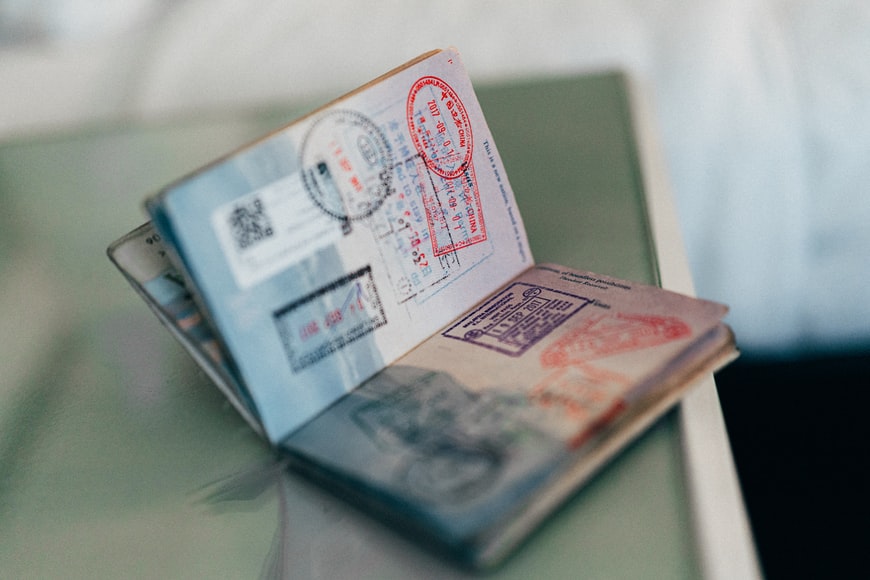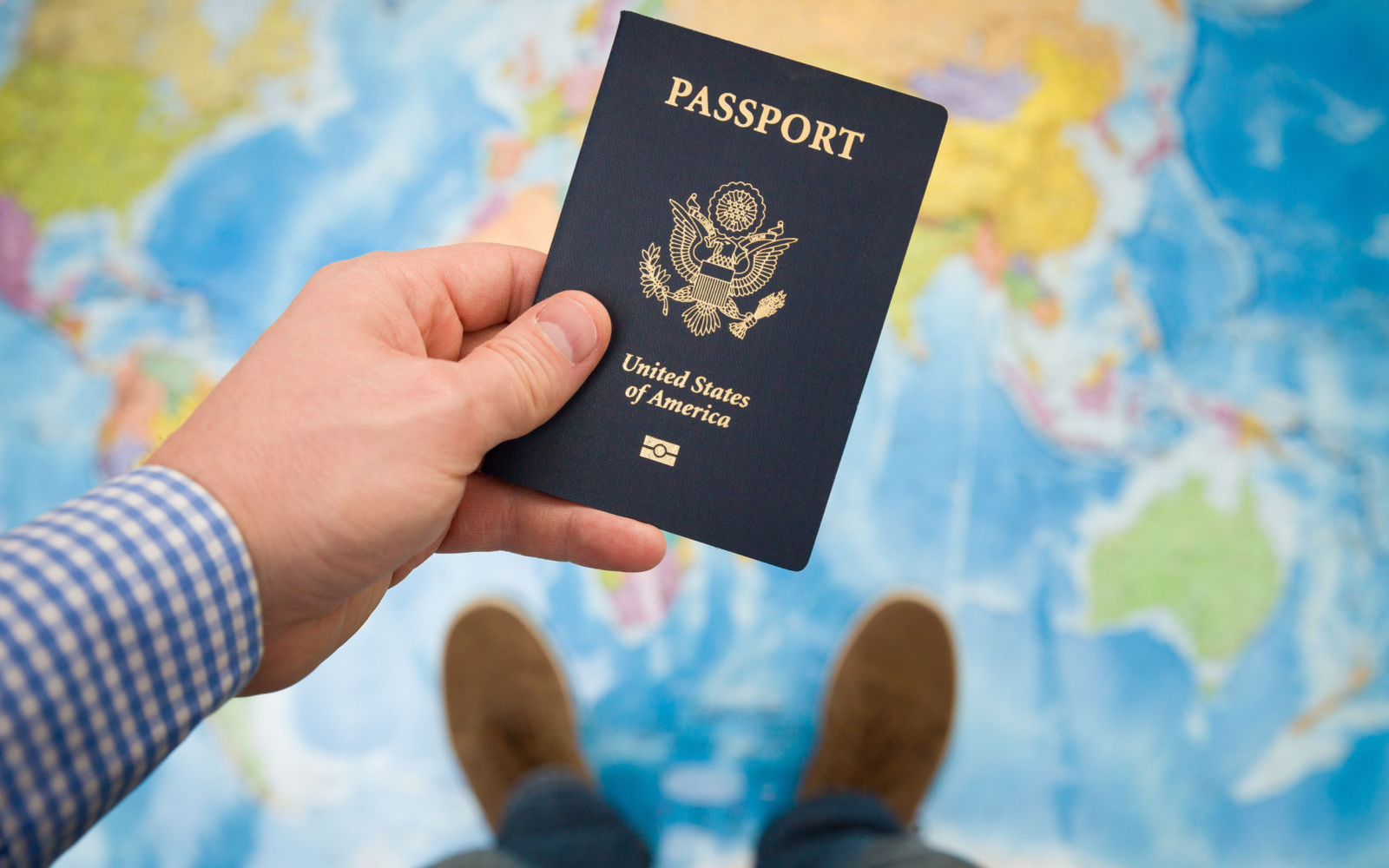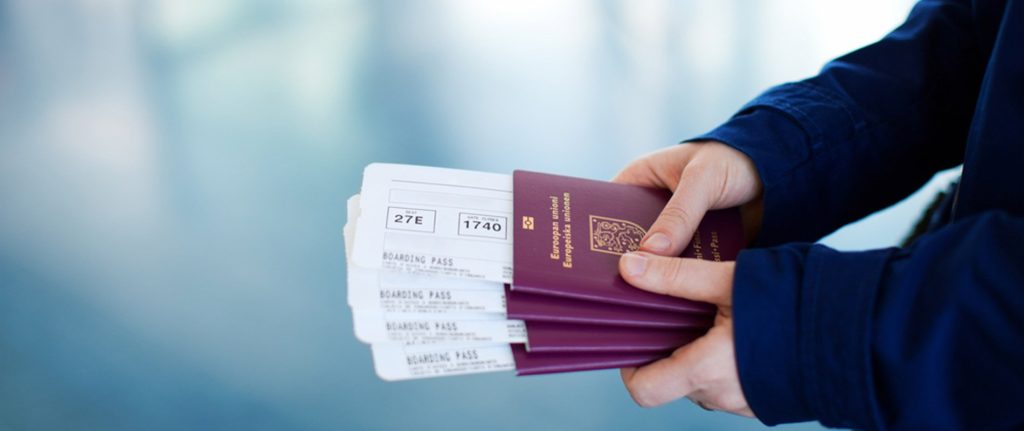What is travel document no? It refers to the unique identification number assigned to an official travel document such as a passport, visa, refugee travel permit, or re-entry document.
This number helps immigration authorities and government agencies verify your identity, process travel applications, and track international movements.
For most travelers, the travel document number is the passport number. You can find it on the identification page of your passport—typically near your photo and personal information.
It is usually a mix of numbers and sometimes letters, and it is different for each issued document, even if it belongs to the same person.
If you’re traveling with alternative documents—like an advance parole document, a refugee travel document, or a foreign visa—those too will contain a travel document number printed on them.
The purpose of this number is administrative and legal. It’s used in visa applications, customs declarations, immigration records, airline bookings, and even hotel check-ins in some countries. Anytime you are asked for your travel document number, it’s usually for the purpose of matching your identity to a valid travel record.
It’s important to input this number exactly as it appears on your document. Errors—even a missing digit or wrong character—can lead to issues like delays at the airport, rejected visa applications, or denied boarding.
If your travel document is lost or stolen, having your travel document number on hand can speed up the replacement process. It’s a good idea to keep a secure copy of your documents somewhere safe while traveling.
In short, your travel document number is a vital identifier used in nearly every aspect of international travel. Understanding its purpose and correct usage can help ensure a smoother journey.
What Is a Travel Document Number?
A travel document number is the unique identification number printed on official travel documents such as passports, visas, refugee travel permits, and re-entry documents.
This number serves as a personal ID for your travel records and is used by immigration and border authorities to verify your identity, validate your travel credentials, and track international movements.
In most cases, especially for tourists and business travelers, the travel document number is the same as the passport number.
You can find it on the bio-data page of your passport—usually at the top or bottom of the page that contains your photo and personal information. It is a combination of letters, numbers, or both, and it is unique to that specific document.
Other types of travel documents that include a travel document number include:
- Refugee travel documents (issued to stateless individuals or asylum seekers)
- Advance parole documents (used in U.S. immigration processes)
- Re-entry permits for permanent residents traveling abroad for extended periods
This number is crucial for activities such as:
- Applying for a visa
- Booking international flights
- Completing customs and immigration forms
- Registering with foreign embassies or consulates
It’s important to enter your travel document number exactly as shown. Mistakes—like switching a letter and number—can lead to delays or complications with travel bookings or border crossings.
If you lose your travel document, having the travel document number written down elsewhere can help in reporting and replacing it quickly.
In summary, the travel document number is a key part of your travel identity. Whether you’re applying for entry into another country or proving your legal right to travel, this number ensures your documentation is secure, trackable, and verifiable.
Where Can You Find the Travel Document Number?

The travel document number is typically found on the first page of your passport—often referred to as the bio-data or identification page.
It’s usually printed in bold letters and numbers near the top or bottom of the page, often labeled clearly as “Passport No.” or “Document No.” This number is unique to your specific passport and changes each time a new passport is issued.
If you’re using a different travel document—such as a visa, refugee travel document, advance parole form, or re-entry permit—you’ll also find a travel document number printed directly on the front or within the top corner of that document. It may be labeled as:
- “Document Number”
- “Travel Document No.”
- “Control Number”
- Or simply a string of digits near your name and photo
Here’s where to look depending on the document type:
- U.S. Passport: Top-right corner on the ID page
- Foreign Passport: Usually on the top-right or top-center of the main information page
- U.S. Visa: Upper-right corner of the visa label
- Refugee/Parole Documents: Often at the top or bottom of the first page
Always double-check that you’re copying the exact combination of letters and numbers, paying attention to potential confusion between characters like “0” (zero) and “O” (capital O), or “1” (one) and “I” (capital I).
It’s wise to keep a photocopy or digital image of your document somewhere secure, in case your original is lost or stolen. Having access to your travel document number can make replacing it or answering security questions much faster.
Types of Travel Documents That Include a Number
A travel document number can appear on a variety of official travel-related papers—not just passports. These documents are issued by governments or immigration authorities and are used to confirm your identity, citizenship status, or legal right to travel or enter a country. Each comes with its own unique identifying number, which serves as your travel document number.
Here are the most common types of travel documents that include a travel document number:
- Passport
The most widely recognized travel document. The passport number is your travel document number and is required for international travel. It’s found on the identification page. - Visa
A visa, issued by a foreign country, also includes a number—typically labeled as a visa number or document number. This is different from your passport number but still functions as a key travel identifier. - Refugee Travel Document
Issued to refugees or stateless individuals (often under the 1951 Refugee Convention), these documents resemble passports and include a unique travel document number on the first page. - Re-entry Permit
For permanent residents of a country (like green card holders in the U.S.) who plan to travel abroad for an extended time, a re-entry permit acts as a temporary passport and includes its own document number. - Advance Parole Document
Used in U.S. immigration, this document allows certain non-citizens to re-enter the U.S. after traveling abroad and includes a distinct document number. - Emergency Travel Document
Issued by consulates when a passport is lost or stolen abroad, these contain a temporary travel document number used for short-term identification.
Why the Travel Document Number Is Important
The travel document number plays a crucial role in international travel, immigration procedures, and identity verification. It acts as a unique identifier that links your personal information to the specific document you’re using to cross borders, apply for visas, or verify your legal status in a country.
One of the main reasons it’s important is that governments and immigration authorities use this number to track travel history and verify identity. When you apply for a visa, book international flights, or go through customs, your travel document number ensures that your records match your identity. It helps prevent errors, fraud, and security risks.
In many forms and applications—whether online or on paper—you’ll be asked to provide your travel document number. These include:
- Visa applications
- Immigration forms
- Airline reservations
- Hotel check-ins in certain countries
- Embassy registrations and border control processes
Without the correct travel document number, your application may be delayed, denied, or invalidated. For example, a single digit mistake when entering this number on a visa form could cause issues with processing or even prevent you from boarding a flight.
Additionally, in cases of lost or stolen documents, knowing your travel document number is essential for reporting it and requesting a replacement. Many consulates and immigration agencies require the number to verify your identity before issuing a new one.
In short, your travel document number is more than just a line of numbers—it’s a key to your international mobility and identity validation. Keeping it safe, accurate, and readily accessible when needed is essential for smooth and secure travel experiences.
What to Do If You Can’t Find Your Travel Document Number

Misplacing or being unable to locate your travel document number can be frustrating—especially when you’re in the middle of filling out important forms or preparing for a trip. Fortunately, there are several steps you can take to recover or retrieve the number quickly and safely.
- Check the Physical Document Carefully
Start by thoroughly reviewing your passport, visa, or travel-related document. The number is often printed on the first page or top-right corner of a passport, and typically labeled as “Passport No.,” “Document Number,” or something similar. - Look at Digital Copies
If you’ve made a photocopy or digital scan of your travel documents (a highly recommended practice), check those files. The number will be clearly visible and can be used just like the original for many non-official purposes. - Check Past Travel or Visa Applications
Sometimes, your travel document number may appear on confirmation emails, flight bookings, visa application receipts, or immigration paperwork. If you’ve applied online or through an agency, check your email inbox or account history. - Contact the Issuing Authority
If you still can’t find the number, contact the issuing agency (like your country’s passport office or immigration department). They may be able to verify your identity and provide guidance on retrieving the number or replacing the document. - Report and Replace if Lost
If your document is missing entirely, report it to the proper authorities. You’ll likely need to apply for a replacement, and providing any previous travel document numbers will help speed up the process.
Conclusion
Understanding the travel document number is essential for anyone navigating international travel, immigration processes, or official identification requirements. While it may seem like a small detail, this unique number plays a major role in ensuring your travel experience is smooth, secure, and legally compliant.
Whether printed on a passport, visa, refugee travel document, or advance parole form, the travel document number helps governments, airlines, and immigration officials accurately track and verify your identity. It’s the link between you and your travel records, visa applications, and legal status across borders.
Knowing where to find this number, how it differs from other identifiers, and what to do if you misplace it can save you from unnecessary delays or complications. In today’s digital and security-conscious travel landscape, precision matters—entering the wrong number on a visa form or flight booking can result in denied entry or missed travel opportunities.
If you’re unsure which number to use, always refer to the official document’s labeling and format, or contact the issuing authority for clarification. And importantly, keep a secure digital or physical copy of your travel document to ensure quick access in case of emergencies.
In conclusion, your travel document number is more than a random string of characters—it’s your passport to identification and mobility in the global travel system. Being familiar with it and handling it responsibly is a simple yet powerful step toward hassle-free journeys and secure international movement.

